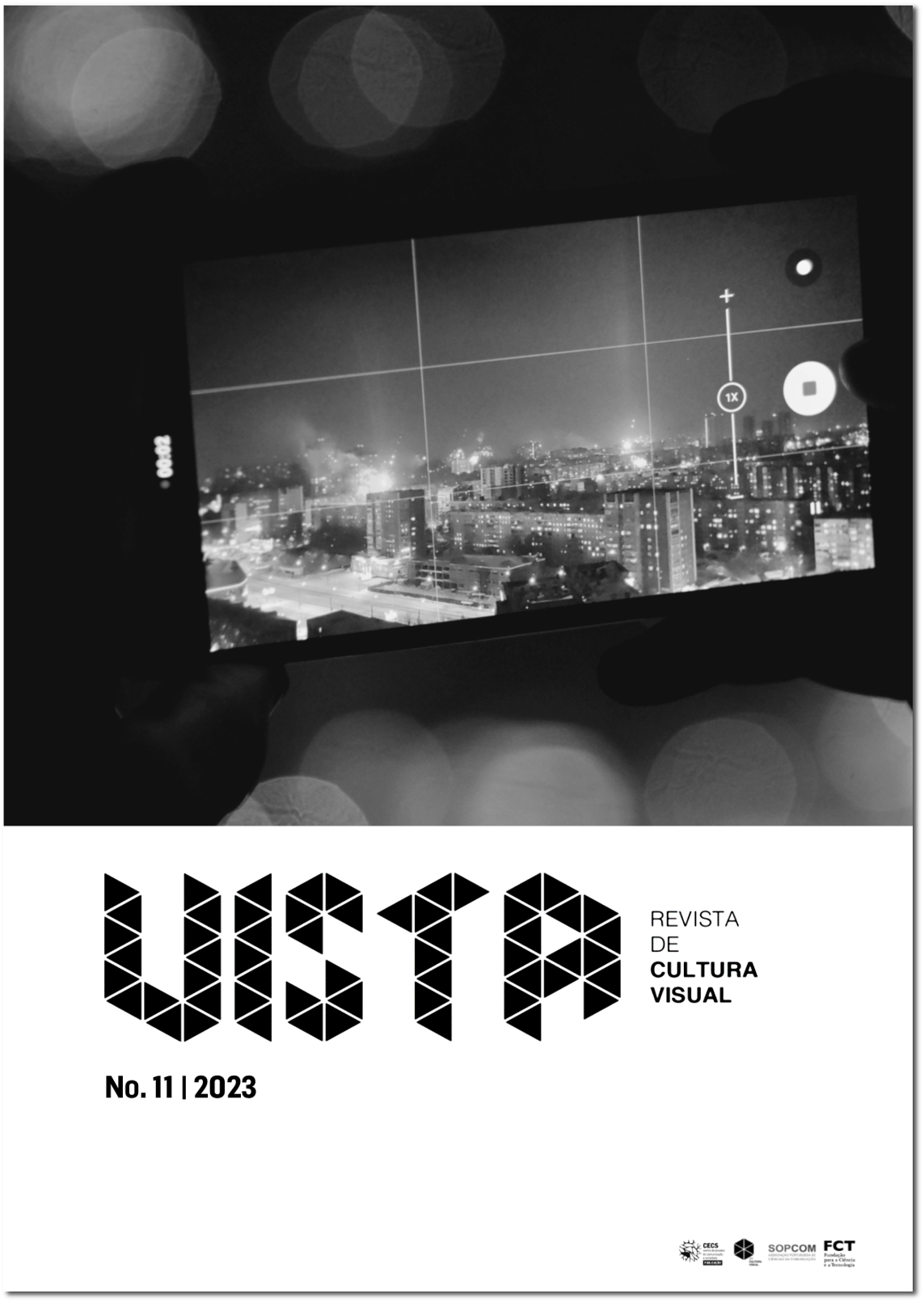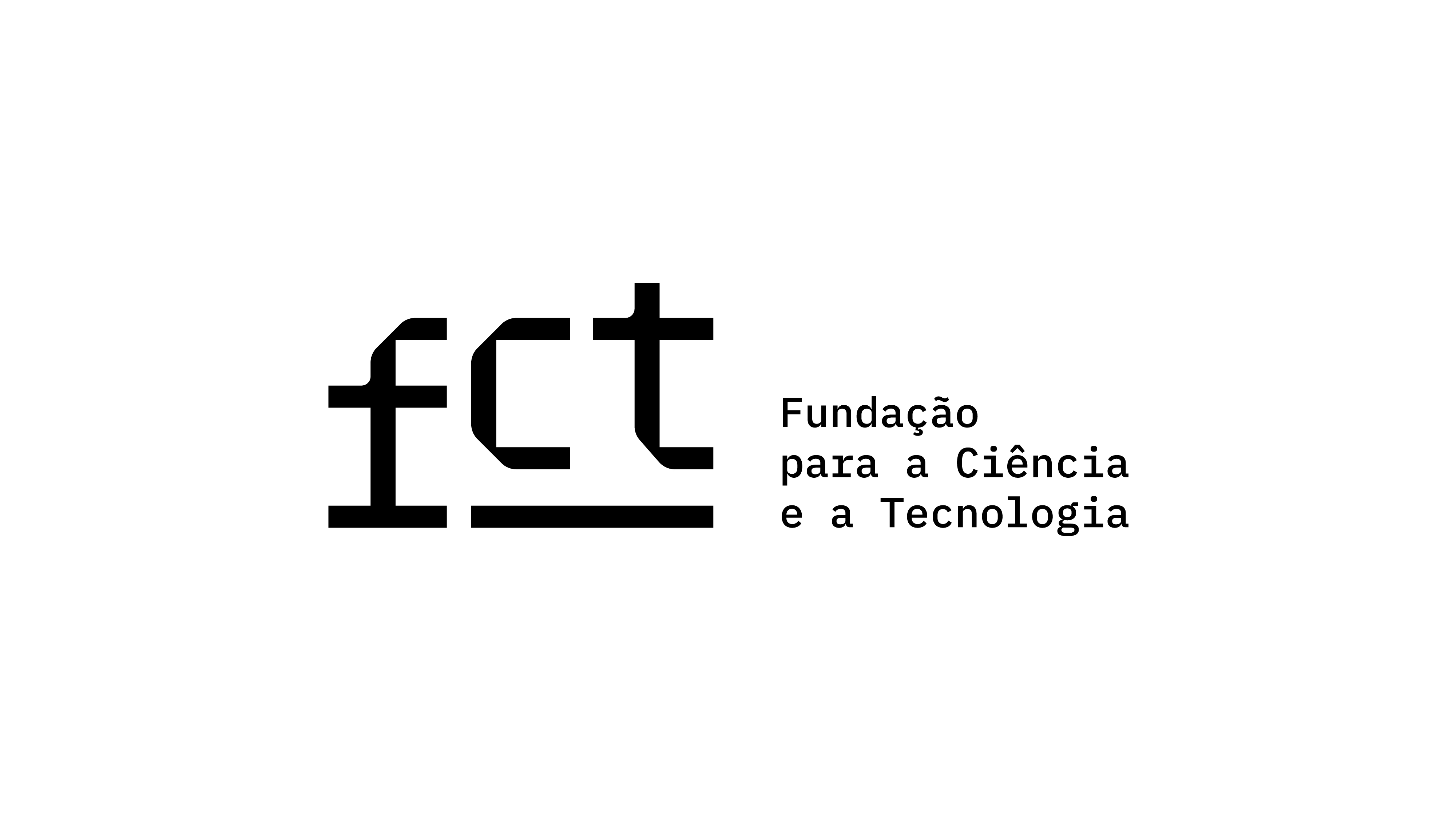Visuals for Emancipatory Technology: A Case Study in Co-Designing a Visual Language to Counter Online Gender-Based Violence on Indian Twitter
DOI:
https://doi.org/10.21814/vista.4133Keywords:
visual design, Twitter plugin, online gender-based violence, feminist technology, interdisciplinary designAbstract
This essay is an account of the visual design for Uli, a user-facing browser plugin to detect and moderate online gender-based violence on Twitter. The authors of this essay, who were involved as visual designers in the team that developed Uli, discuss the co-design process behind creating the visual narrative of such a tool to represent the collective labour in its creation by journalists, activists, community influencers, writers, technologists, and researchers engaged in the struggle against the interwoven caste, religion, gender and sexuality-based violence both online and offline. The essay finally sheds light on how such a visual identity and narrative can promote an alternate visual culture that challenges the dominant visual language of social media that's complacent in the propagation of online gender-based violence.
Downloads
References
Budhwar, Y. (2022). Responsible way of showcasing the countering of OGBV. Uli. https://uli.tattle.co.in/blog/responsible-display/
Chandrashekhar, M. (2015, June 30). Stunningly beautiful Kantha embroidery work of Bengal, India on bedcovers & quilts. The Cultural Heritage of India. https://cultureandheritage.org/2015/06/stunningly-beautiful-kantha-embroidery.html
Delhi Crafts Council. (n.d.). Chamba Rumal. http://www.delhicraftscouncil.org/projects/2016/6/2/chamba-rumaal
Facebook. (2019, September 23). People often ask us how we decide what content is and isn't allowed on Facebook. The answer is our Community Standards [Image attached] [Status update]. Facebook. https://m.facebook.com/facebookappIndia/posts/people-often-ask-us-how-we-decide-what-content-is-and-isnt-allowed-on-facebook-t/2490127257690847/
Gabert-Doyon, J. (2021, January 24). Why does every advert look the same? Blame Corporate Memphis. Wired UK. https://www.wired.co.uk/article/corporate-memphis-design-tech
Johnston, A. (2022, August 11). The Digital Closet tells the story of how the internet became straight. Eye on Design. https://eyeondesign.aiga.org/the-digital-closet-tells-the-story-of-how-the-internet-became-straight/
Jose, J. (2021, July 13). The politicization of social media in India. South Asian Voices. https://southasianvoices.org/the-politicization-of-social-media-in-india/
Monea, A. (2022). The digital closet: How the internet became straight. MIT Press. https://doi.org/10.7551/mitpress/12551.001.0001 DOI: https://doi.org/10.7551/mitpress/12551.001.0001
Morris, J. (2011, January 8). Two pieces. Drawing a Line in Time. http://drawingalineintime.blogspot.com/2011/01/two-pieces.html
Pandey, G. (2021, July 9). Sulli Deals: The Indian Muslim women "up for sale" on an app. BBC News. https://www.bbc.com/news/world-asia-india-57764271
PTI. (2022, January 11). "Misogynistic, abusive": Editors' guild demands SC probe into Tek Fog app. The News Minute. https://www.thenewsminute.com/article/misogynistic-abusive-editors-guild-demands-sc-probe-tek-fog-app-159735
Rana Ayyub [@RanaAyyub]. (2022a, January 24). 26.4 thousand tweets, most are abusive, rape and death threats, calling me a terror sympathiser. Most tweets are by the [Tweet]. Twitter. https://twitter.com/ranaayyub/status/1485728200890413056
Rana Ayyub [@RanaAyyub]. (2022b, November 14). Frustration is not the right term for this [Image attached] [Tweet]. Twitter. https://twitter.com/RanaAyyub/status/1591994568983171073
Suzor, N., Dragiewicz, M., Harris, B., Gillett, R., Burgess, J., & Van Geelen, T. (2018). Human rights by design: The responsibilities of social media platforms to address gender-based violence online. Policy & Internet, 11(1), 84–103. https://doi.org/10.1002/poi3.185 DOI: https://doi.org/10.1002/poi3.185
Twitter [@Twitter]. (2022, December 10). we’re relaunching @TwitterBlue on Monday – subscribe on web for $8/month or on iOS for $11/month to get access to subscriber-only features, including the blue checkmark [Image attached] [Tweet]. Twitter. https://twitter.com/Twitter/status/1601692766257709056
Uli. (2022a). Abou Uli. https://uli.tattle.co.in/about/
Uli. (2022b). This post is adapted from the Uli newsletter updates sent in March and April 2022. https://uli.tattle.co.in/blog/making-of-mar-2022
Vidgen, B., & Derczynski, L. (2020). Directions in abusive language training data, a systematic review: Garbage in, garbage out. PLOS ONE, 15(12), e0243300. https://doi.org/10.1371/journal.pone.0243300 DOI: https://doi.org/10.1371/journal.pone.0243300
Waseem, Z. (2016). Are you a racist or am I seeing things? Annotator influence on hate speech detection on twitter. In D. Bamman, A. Dogruöz, J. Eisenstein, D. Hovy, D. Jurgens, B. O’Connor, A. Oh, O. Tsur, & S. Volkova (Eds.), Proceedings of the First Workshop on NLP and Computational Social Science (pp. 138–142). ACLWeb; Association for Computational Linguistics. https://doi.org/10.18653/v1/W16-5618 DOI: https://doi.org/10.18653/v1/W16-5618
Downloads
Published
How to Cite
Issue
Section
License
Copyright (c) 2023 Twisha Mehta, Shagnik Chakraborty

This work is licensed under a Creative Commons Attribution 4.0 International License.
Authors own the copyright, providing the journal with the right of first publication. The work is licensed under a Creative Commons Attribution 4.0 International License.













